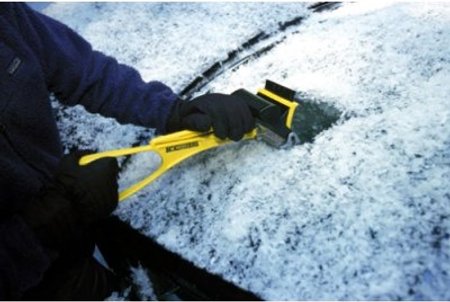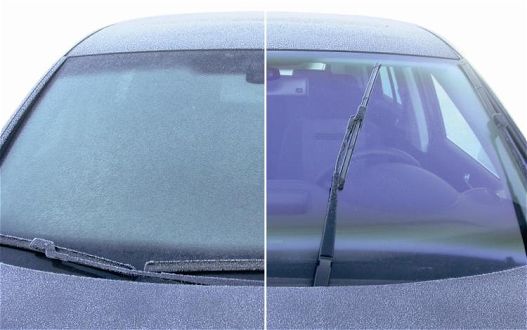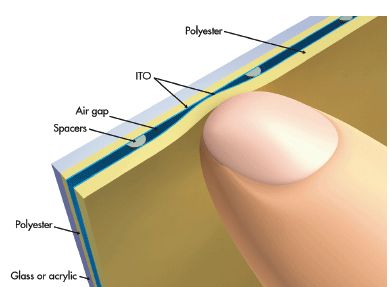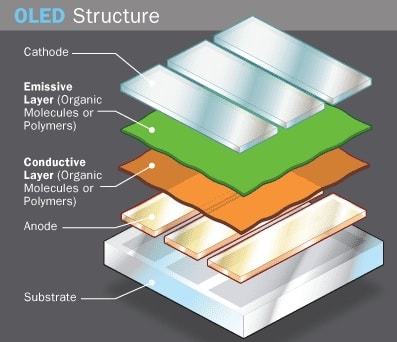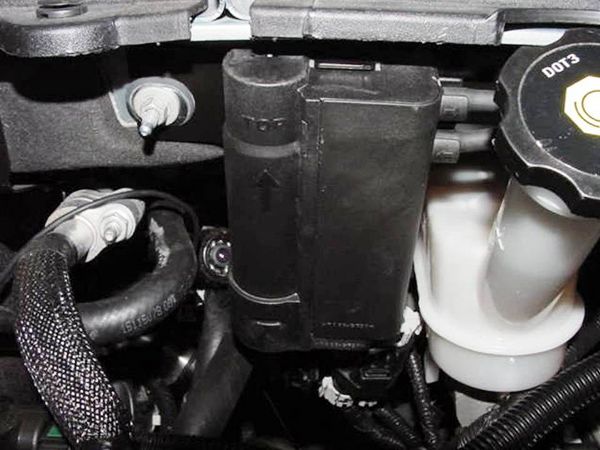A couple of days ago, while browsing the web looking for new things happening in the automotive world, we came across a press release rolled out by Volkswagen, who was announcing a major innovation. If you're asking us, this is probably the best technology news this year, not only because it could be installed on tens of models, but also because it could be extremely useful for all drivers out there.
THE IDEA
We're taking about the so-called ice- and fog-free windshield which Volkswagen is currently working on and that could reach production in a few years. Now that we're only days ago from the cold season, scrapping ice off the windshield isn't exactly the most pleasant thing in a cold morning, before jumping into a frozen vehicle to go to the office.
Over the years, automakers have tried all kinds of solutions, regardless if we're talking about heated windshield water fluid, heated windshield nozzles or heated windshields per se. In the end, some of them proved useless or, if they were indeed efficient, it took up to several minutes until they started doing their job.
But Volkswagen claims the whole matter is a lot simpler. In just a few words, the whole de-frosting - de-fogging process would not be necessary if the company in discussion manages to design a system that prevents both of them. Is that possible? The German carmaker says it is. And moreover, it doesn't need a separate assembly to do that, it's just a specially-treated windshield that can resist to very low temperatures.
If we take a look at Volkswagen's enthusiastic plans, it all makes sense. The only thing the windscreen needs to prevent both fogging and frosting would be a protection layer that would do the whole job. At this time, Volkswagen is actually testing several windshields treated with a thin layer of indium tin oxide which is supposed to prevent heat from radiating upwards. In other words, the glass is no longer cooled so, as a reaction, the frosting process or the condensation doesn't happen anymore.
THE FIRST TESTS
In theory, it all sounds perfect. And during Volkswagen's test, which partnered with the Fraunhofer Institute for Surface Technology for this project, it was proved that fogging and frosting are 100 percent prevented even at temperatures of 0 degrees Fahrenheit (that's almost -18 degrees Celsius). Still, there are a number of issues to be resolved.
As we all know, we're living in a time when more and more cars are equipped with all kinds of gadgets, some of them working with exterior devices to communicate and exchange data. The best example is probably the classic radio system or the navigation function that becomes more of a common thing on most cars out there. And here the problems start. Even the Germans reckon that there might be some issues caused by the indium tin oxide coating, because it might interfere with electronic systems inside the car or, at least, alter their behavior.
The indium tin oxide is actually a solid but transparent solution (which is actually made of indium oxide - In2O3 and tin oxide SnO2) that is already being used on numerous devices, including plasma displays, touch screens or liquid crystal displays. Thanks to their high conductivity, Volkswagen could adapt a layer to protect the windshield from frosting and fogging by trying to maintain the same high temperature on the entire surface of the glass. The indium tin oxide material has a density of 7.14 grams per cubic cm and a melting point of approximately 1900 degrees Celsius.
THE TO-DO LIST
But even so, there are still a number of factors to be taken into consideration and that could really influence the final results of the treated windshield. Thomas Drescher, one of the Volkswagen engineers working on the project, said that cloudiness, humidity and wind might have a serious impact on the way the indium tin oxide coating reacts.
Another important factor to be considered when thinking about bringing the newly-developed windshield on series models is also production cost. Indium tin oxide is usually considered an expensive solution, while experts claim that the amount of indium is pretty limited which, in the end, raises the final price once again. Furthermore, it appears that a single layer of the substance is extremely fragile, so protection would pretty much become an issue for all vehicles equipped with this kind of windshields.
In the end, the price of using such a windshield might go way over what Volkswagen affords to offer its customers who aren't exactly the richest drivers on Earth. It could be offered as an option though, but even so, the maintenance cost, the replacement cost and the impact that regular washing fluid might have on its coating could actually change the direction the German manufacturer and the institute it partnered with adopted.
Still, there are tests to do, years to wait and a lot of money to spend until we'll see this type of windshield on mass-produced cars. But this is surely a beginning and, if we're looking for a second at an ice scraper, a must-have feature.
THE IDEA
We're taking about the so-called ice- and fog-free windshield which Volkswagen is currently working on and that could reach production in a few years. Now that we're only days ago from the cold season, scrapping ice off the windshield isn't exactly the most pleasant thing in a cold morning, before jumping into a frozen vehicle to go to the office.
Over the years, automakers have tried all kinds of solutions, regardless if we're talking about heated windshield water fluid, heated windshield nozzles or heated windshields per se. In the end, some of them proved useless or, if they were indeed efficient, it took up to several minutes until they started doing their job.
But Volkswagen claims the whole matter is a lot simpler. In just a few words, the whole de-frosting - de-fogging process would not be necessary if the company in discussion manages to design a system that prevents both of them. Is that possible? The German carmaker says it is. And moreover, it doesn't need a separate assembly to do that, it's just a specially-treated windshield that can resist to very low temperatures.
If we take a look at Volkswagen's enthusiastic plans, it all makes sense. The only thing the windscreen needs to prevent both fogging and frosting would be a protection layer that would do the whole job. At this time, Volkswagen is actually testing several windshields treated with a thin layer of indium tin oxide which is supposed to prevent heat from radiating upwards. In other words, the glass is no longer cooled so, as a reaction, the frosting process or the condensation doesn't happen anymore.
THE FIRST TESTS
In theory, it all sounds perfect. And during Volkswagen's test, which partnered with the Fraunhofer Institute for Surface Technology for this project, it was proved that fogging and frosting are 100 percent prevented even at temperatures of 0 degrees Fahrenheit (that's almost -18 degrees Celsius). Still, there are a number of issues to be resolved.
As we all know, we're living in a time when more and more cars are equipped with all kinds of gadgets, some of them working with exterior devices to communicate and exchange data. The best example is probably the classic radio system or the navigation function that becomes more of a common thing on most cars out there. And here the problems start. Even the Germans reckon that there might be some issues caused by the indium tin oxide coating, because it might interfere with electronic systems inside the car or, at least, alter their behavior.
The indium tin oxide is actually a solid but transparent solution (which is actually made of indium oxide - In2O3 and tin oxide SnO2) that is already being used on numerous devices, including plasma displays, touch screens or liquid crystal displays. Thanks to their high conductivity, Volkswagen could adapt a layer to protect the windshield from frosting and fogging by trying to maintain the same high temperature on the entire surface of the glass. The indium tin oxide material has a density of 7.14 grams per cubic cm and a melting point of approximately 1900 degrees Celsius.
THE TO-DO LIST
But even so, there are still a number of factors to be taken into consideration and that could really influence the final results of the treated windshield. Thomas Drescher, one of the Volkswagen engineers working on the project, said that cloudiness, humidity and wind might have a serious impact on the way the indium tin oxide coating reacts.
Another important factor to be considered when thinking about bringing the newly-developed windshield on series models is also production cost. Indium tin oxide is usually considered an expensive solution, while experts claim that the amount of indium is pretty limited which, in the end, raises the final price once again. Furthermore, it appears that a single layer of the substance is extremely fragile, so protection would pretty much become an issue for all vehicles equipped with this kind of windshields.
In the end, the price of using such a windshield might go way over what Volkswagen affords to offer its customers who aren't exactly the richest drivers on Earth. It could be offered as an option though, but even so, the maintenance cost, the replacement cost and the impact that regular washing fluid might have on its coating could actually change the direction the German manufacturer and the institute it partnered with adopted.
Still, there are tests to do, years to wait and a lot of money to spend until we'll see this type of windshield on mass-produced cars. But this is surely a beginning and, if we're looking for a second at an ice scraper, a must-have feature.
